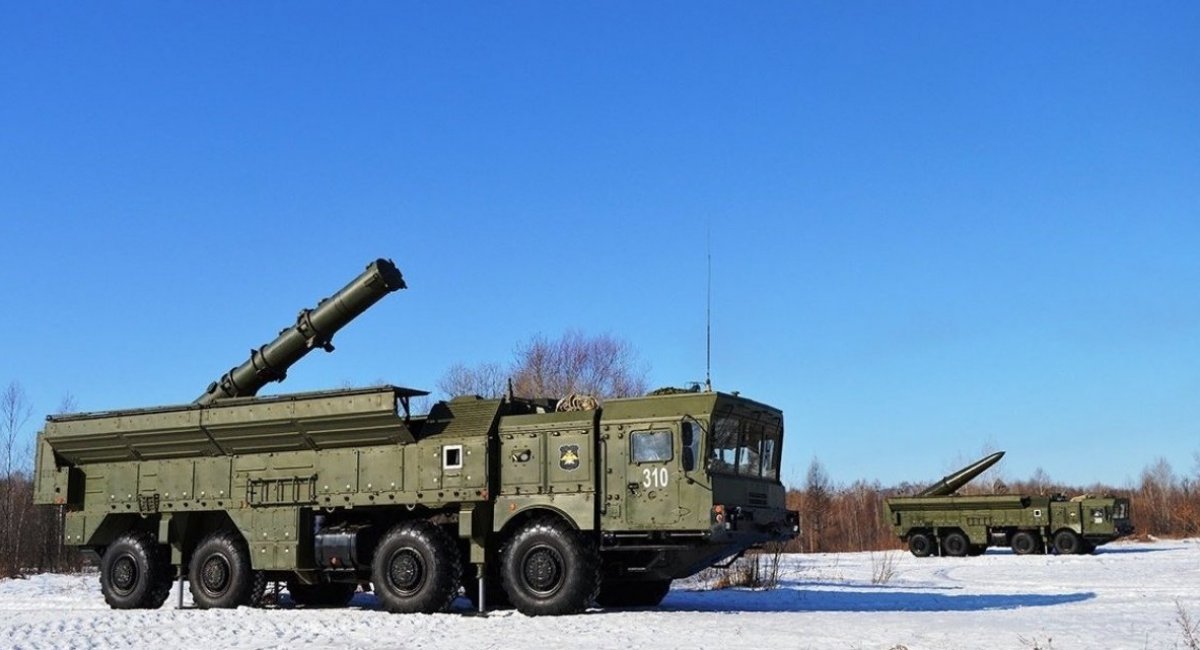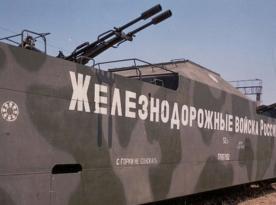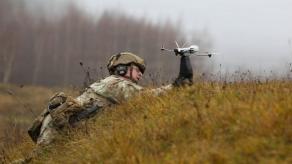All of this missile disaster is closely tracked by a specially appointed “accountant”: Imeus early warning satellite, working approximately 28 000 km away from Earth.
By the way, this very satellite was also able to track a Ukrainian missile that hit Brovary circa 1999. Therefore, the numbers provided by Pentagon are legit. This system has been at work since the end of 70’s and has never made an error.
Read more: One Ukrainian Marine Alone Shot Down Three Russian Enemy Helicopters over this Day
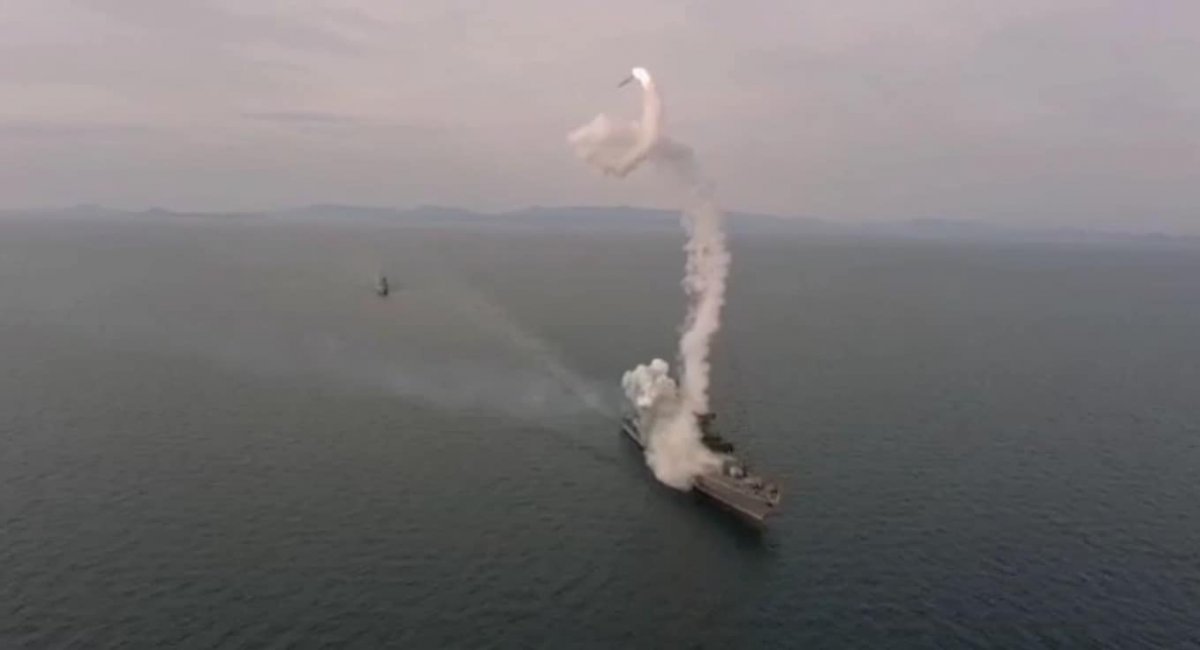
We have previously counted the Kalibr missiles (there were around 200 of them, there are around 30 left). The situation with Iskander systems is the following: every army participating in this invasion has at least one missile brigade, therefore there are 3-4 missile brigades. It means that there are 36–48 launchpads with 2 missiles each and 2 more carried by the transporter-erector vehicle. This brings the total number of missiles to 144–192. It is also reasonable to assume that there might be at least the same number of missiles stashed away in deep storage.
Another thing one could do is take away the stockpiles of other brigades (there are 8 more missile brigades, some even claim 10, but I was unable to confirm nor deny the existence of the last 2).
If 230 missiles were launched from the mobile launchpads, it means the occupation force has used all of their stocks and maybe even borrowed some, which in turn means that the demand is much higher than the available supply. Another 240 missiles were launched from the planes (this is not my area of expertise, I have to consult some SME’s, the Retirement Information Burau does not have an aviation unit).
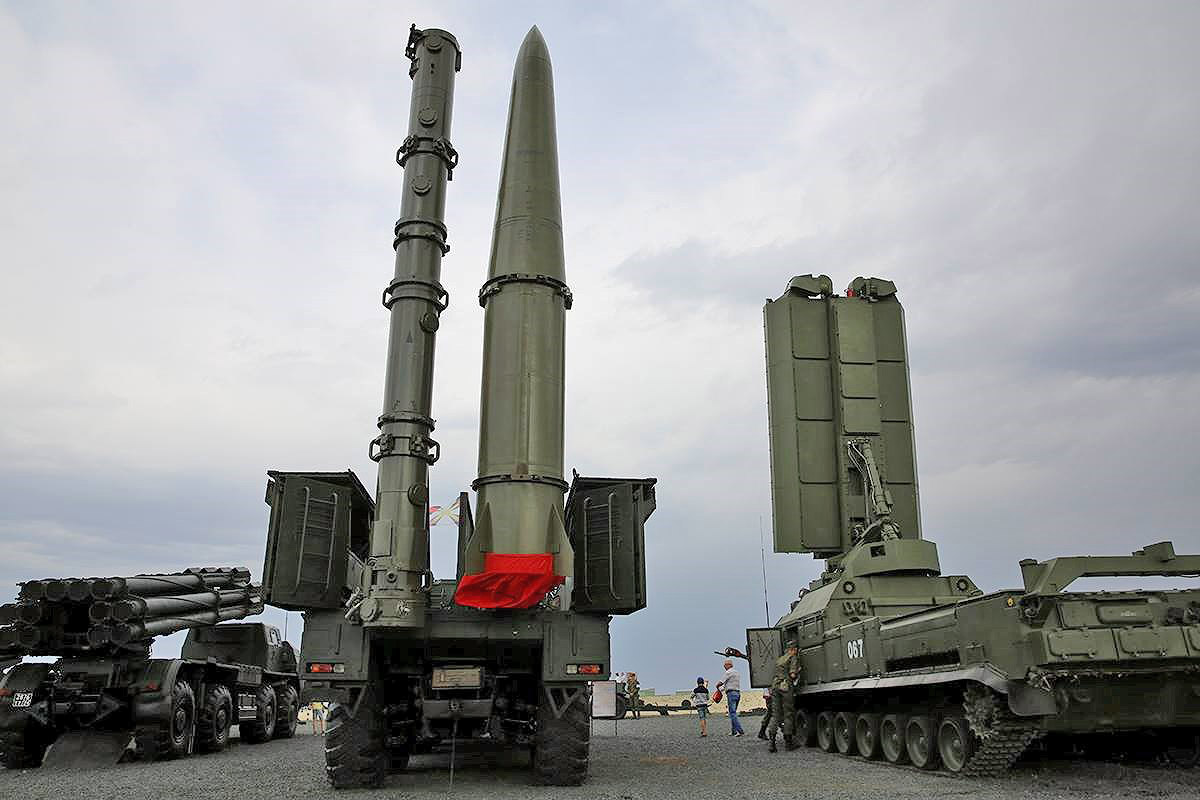
Dry numbers: the enemy has used 85% of Kalibr cruise missiles, 24% of Iskander missiles (the percentages are out of the overall number of available missiles in the Russian Federation, which constitutes 120% of missiles available in the theater). This leads us to believe that the missile strikes were:
a) poorly planned,
b) poorly executed.
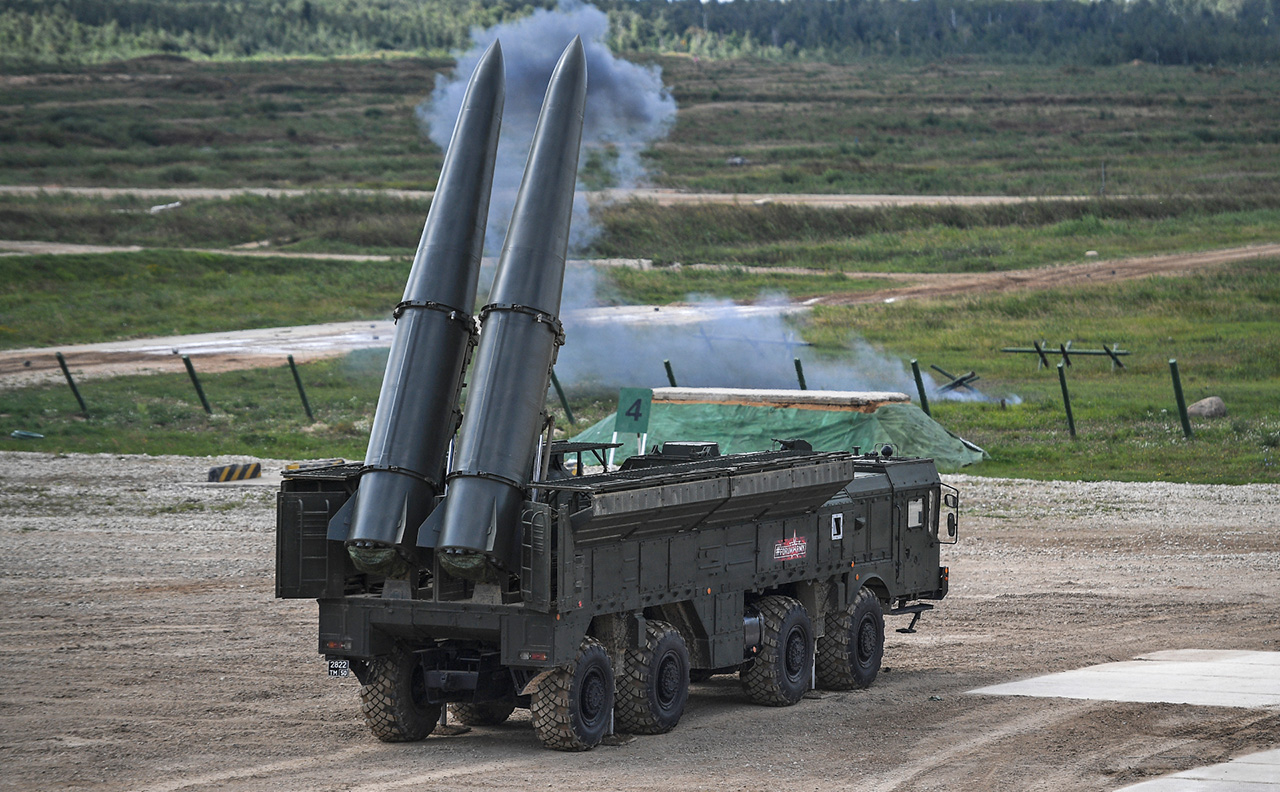
Russian high-precision weapons: when you launch a multiple cruise missile strike targeting an airfield marked on Google Maps, and instead hit the lawn next to the airfield, it means the weapon you use is a low-precision weapon, quite unlike what the Russian Federation is trying to show on TV.

Just for contrast and to provide you with the general understanding of the missile mastery: on April 4, 2017, at 04:42 am two US Navy ships USS Ross (DDG-71) and USS Porter (DDG-78) launched 60 Tomahawk cruise missiles targeting the Syrian air base Ash Shairat.
59 missiles hit the target, and while during the first launch the missiles penetrated the concrete walls, during the second launch they followed the same trajectory and hit the planes right in the hangars.
This what precision means in a missile strike. I would also like to highlight the exquisite sense of humor and the great understanding people at Pentagon have of the Russian reality: a woman, Cmdr. Andria Slough, commanding officer of USS Porter was in charge of that missile strike.
You, thugs, could learn a thing or two about missiles!
The bad: all of this high-precision garbage, the remains of the Soviet cruise missiles will continue to fly over Ukraine until the very end, until the very last launch vehicle is destroyed (I believe the SOF people alreasy know that).
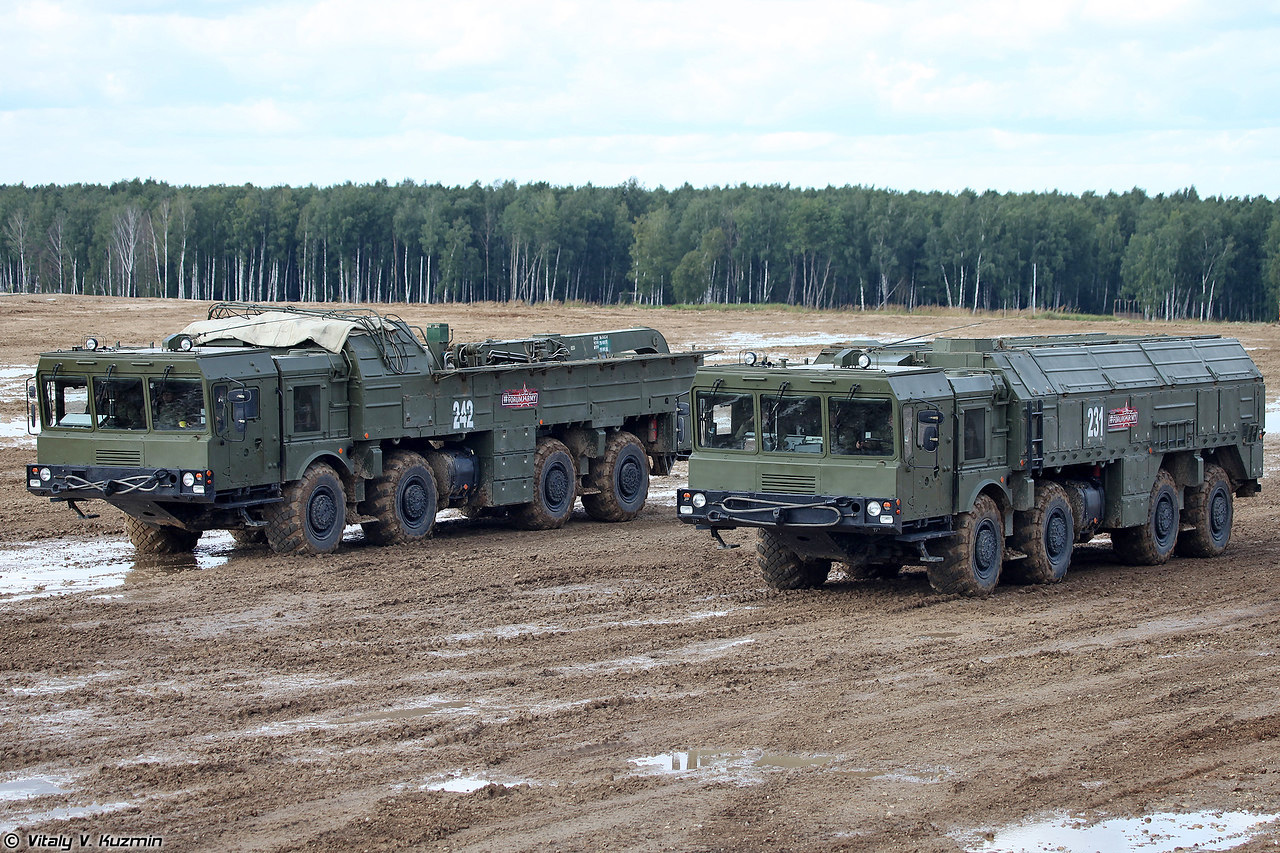
Not every Iskander can reach the middle of Dnipro. Isn’t that what Gogol said?
The good: it is much easier for our assets to intercept ballistic missiles, than cruise missiles.
Viktor Kevliuk for Defense Express
Read more: Wars in Afghanistan and Ukraine: Russia Sets Records for Personnel Losses




